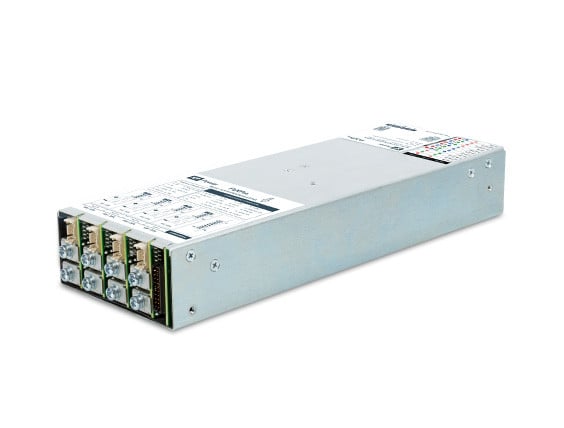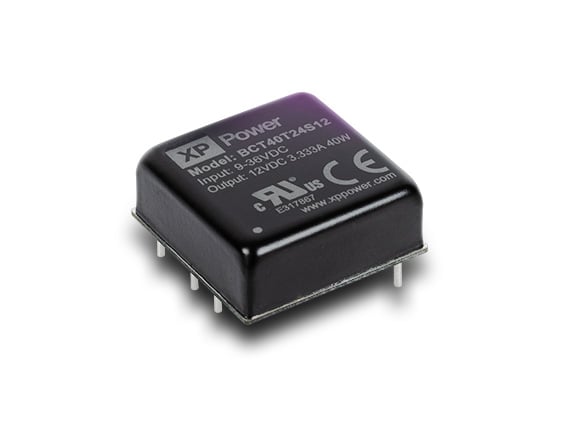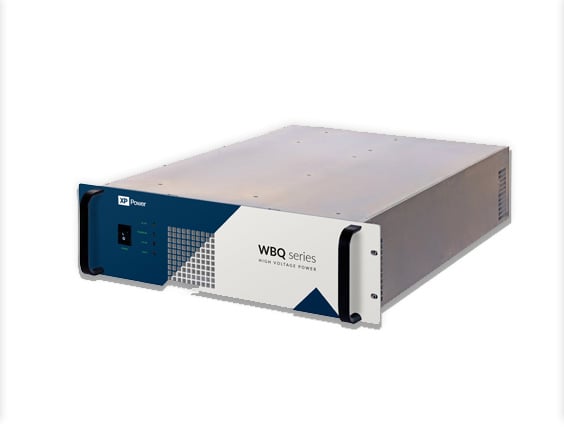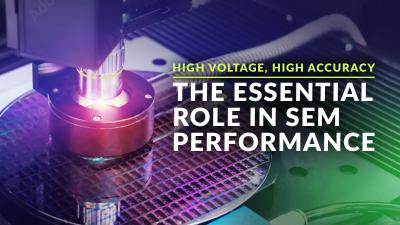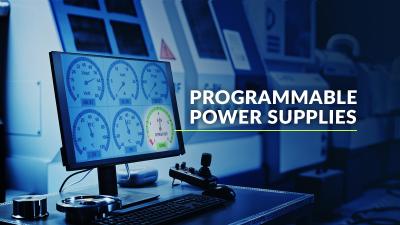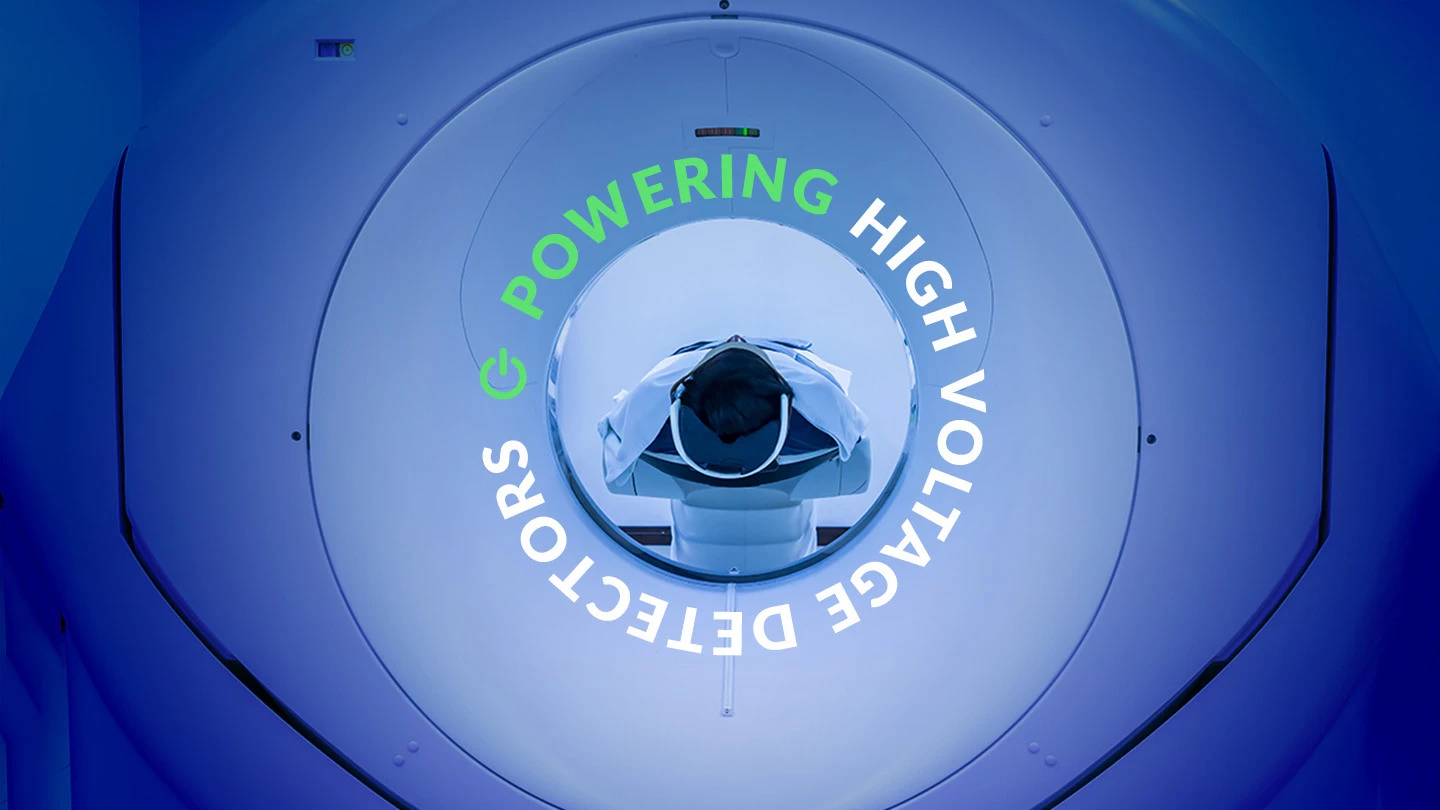
Hafiz Khalid, XP Power's Director of Product Marketing, looks at the power requirements for detectors and how high voltage power supplies enable speed, accuracy, size, and connectivity for detectors in critical analytical equipment.
Overview
- The type of detector used in semiconductor inspection, medical imaging, and mass spectrometry applications will vary depending on the sensitivity required.
- Designers need a high voltage power source with the required functionality, accuracy, and stability within a very compact space.
A detector is a device that converts an amount of radiation into some other measurable phenomenon and, ultimately, that measurable phenomenon is tied to an electron signal. Detectors are a critical part of analytical equipment – from a mass spectrometer in a lab analyzing different materials and compounds to the scanning electron microscopes used to assess the semiconductor wafers produced in a semiconductor chip fabrication facility.
Detectors for medical applications
Detectors are also an important part of diagnostic equipment widely used in medical applications such as CT scanners and PET scanners. The type of detector used depends on the sensitivity required from the end application. Avalanche photodiodes only need a few hundred volts whereas photomultiplier tubes and dynode and electron multipliers need thousands of volts.
High voltage requirements for detector applications
As lab and manufacturing space is limited, there is an increasing demand for these instruments to deliver greater functionality in a smaller footprint. This is critical for detectors and other analyzing parts, as high voltage is required not only for the detectors themselves but also to move electrons or ions through the instruments.
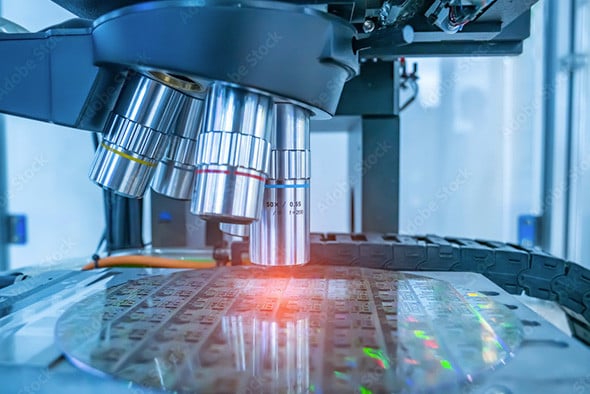
Low noise, accuracy, and stability are crucial in a power supply
The detectors in the above applications must be highly sensitive in order to deliver and detect the necessary components of the specimen, which drives the demand for very low noise and accurate high voltage power with the required stability. The problem is, how do you pack high voltage with the required functionality, accuracy, and stability to do the job that fits into the required small space?
The functionality elements needed in miniature high voltage applications
Our portfolio of ultra-compact, high voltage DC-DC converters incorporate functionality elements like voltage and current monitors and controls, input, and output protections along with the accuracy levels that are required by these miniature applications. Newer products like the HRC05 and HRL30, along with products in our existing portfolio such as the C and CA series, are widely used to power the detectors and other critical elements of analytical instruments.
Enabling functionality whilst remaining close to point of load
These miniature modules provide the flexibility of being close to the point of load, so that design, integration, and manufacturing engineers don’t have to deal with handling high voltage wires and shielding issues through these critical elements of the instruments. The modules give the functionality required in a small size with the required accuracy and reliability that is expected from the instruments in the application environment.
Key drivers for innovations in semiconductor, analytical, and medical applications
Speed, accuracy, size, and connectivity are the critical elements driving innovations in the semiconductor, analytical, and medical applications that our customers are working with. This is the driving force for further advancements in our product portfolios as we constantly strive to solve our customers’ power problems.
Please feel free to contact us for more information regarding our precision solutions for your high voltage challenges.
